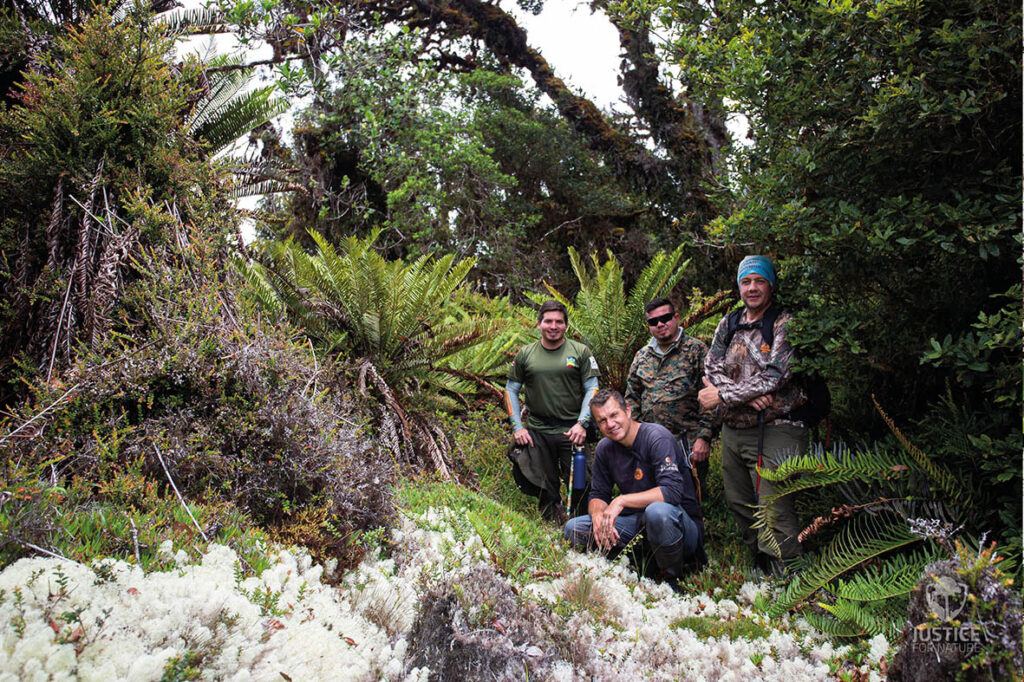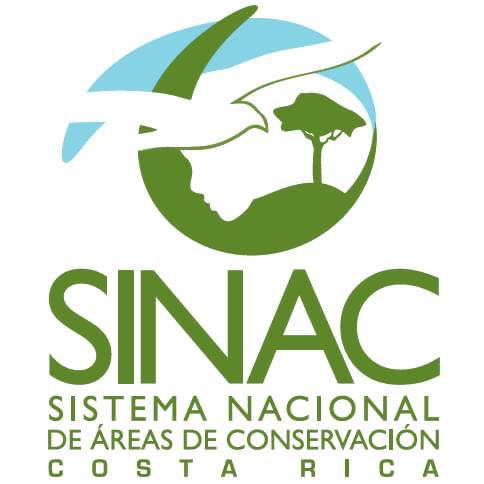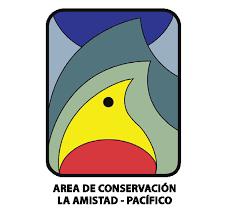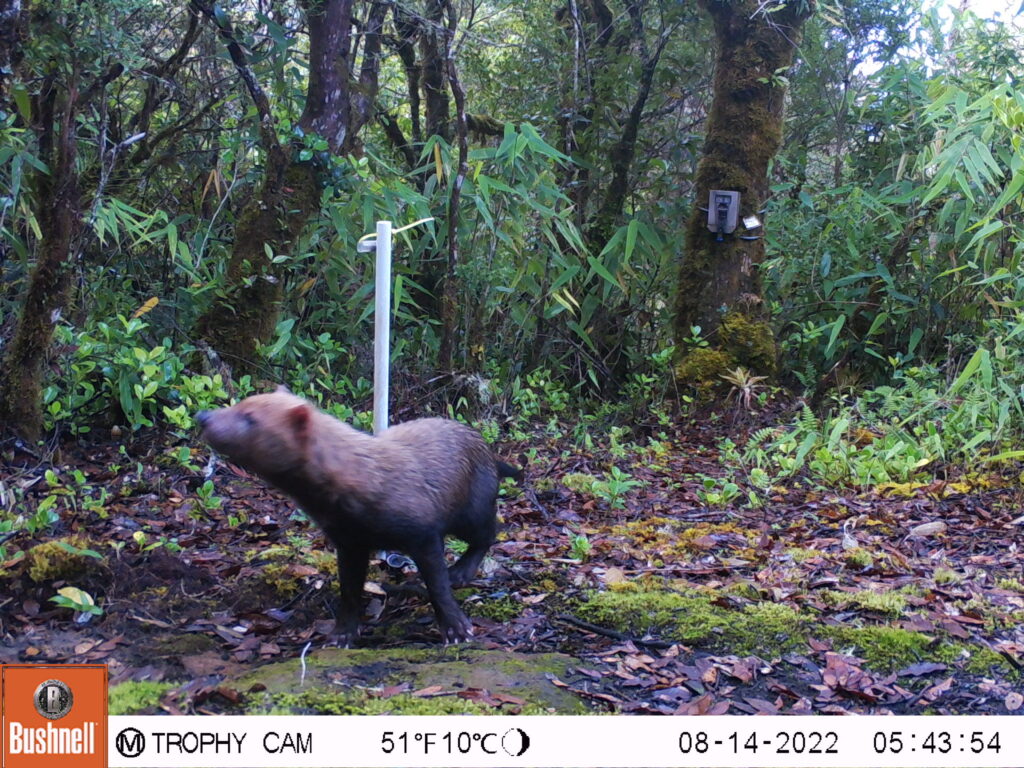Start of monitoring in La Amistad
11.10.2022
When we arrived in July 2022 for a meeting with the management of La Amistad International Park in Costa Rica, we were full of anticipation for the upcoming collaboration on American jaguar monitoring.
The collaboration started on August 21, 2022 in the Valle del silencio sector, where we went to deploy the first 10 photo traps for three days, accompanied by rangers Junior, Arturo and Leonel, and had no idea what was in store for us…
A 10-hour climb into the mountains in full field, 1100 m elevation gain and the finish at 2550 m altitude in a terrain hut, which was to be our refuge from the bad weather for two nights. The ascent was really difficult and especially long. While checking the already deployed photo traps, Junior squealed with joy upon discovering that one of the cameras showed BUSHDOG, i.e. a wild forest dog. The sighting of this mysterious animal after two years of monitoring was a cause for great joy, especially for biologist Mike Mooring, who has been monitoring the rangers.
However, we have come here with little other than a research goal. Our footage is primarily intended for the creation of educational videos in schools and, of course, to promote the work of rangers and national parks. Of course, we also provide our photo trap data to Mike for his scientific purposes and also drone footage and photography to the La Amistad Park Authority. After deploying the cameras along the route, we arrived at the lodge and were glad to have the climb behind us. It was raining and we had to get dry so we wouldn’t catch a cold. The minimal food we were all carrying should last us for two dinners, two breakfasts and one lunch. The night was cold and damp, so only our noses were coming out of our sleeping bags.

On the third day, after breakfast, we started back along the same route we came. The photo traps were in place and we could also stop, take pictures and film. It was a beautiful sunny day and the descent took a relaxing 6.5 hours. At the ranger station we assessed the whole thing, Zuzka took the opportunity to wash in the washer and dryer and a day later we got in our project car and returned to our Green Life reserve
A month later …
A month later…
A month later we returned to La Amistad, this time just me and Zuzka. We already knew what we were going to do, how difficult it would be, what to bring and what was not necessary. A biologist and her guide went with us, and they stayed far behind during the climb. Checking the photo traps went fine and surprisingly the batteries lasted beautifully, so we didn’t even need to do a replacement. The very first and second photo traps showed a jaguar at night and the third even showed our big dream, a black panther again at night. Absolutely awesome and we didn’t know how much more we could enjoy it. However, on the next and a bit more distant photo trap came the real bomb. A melanic jaguar, that is a black panther in the daytime and he still stopped and looked into our camera. Unbelievable!!! We knew at that moment that we would be back the next day with unique shots. There were still tapirs, deer or cougars on the other photo traps. We placed two more photo traps off the main trail during the ascent and one more on the descent the next day. Our goal is to place photo traps in new locations off the trail that people occasionally walk on. After all, black panthers must primarily walk in the forest and not on the trail, but we’ll see how successful our theory is.
We caused quite a commotion when we returned to the ranger station and rangers Junior and Arturo were as excited as we were. When I sent the photos to Leo, a storm of joy descended on me via Whats App. Eventually our shots also made their way through the Costa Rican media world and we realized what a great job we were doing for Costa Rican conservation and endangered species. We’re already looking forward to collecting data in early December 2022 and then we have more monitoring to do around Mount Pittier and the biggest carnage will take place in early January during a monitoring climb up Mount Kamuk, but more on that next time.



SDÍLET:



